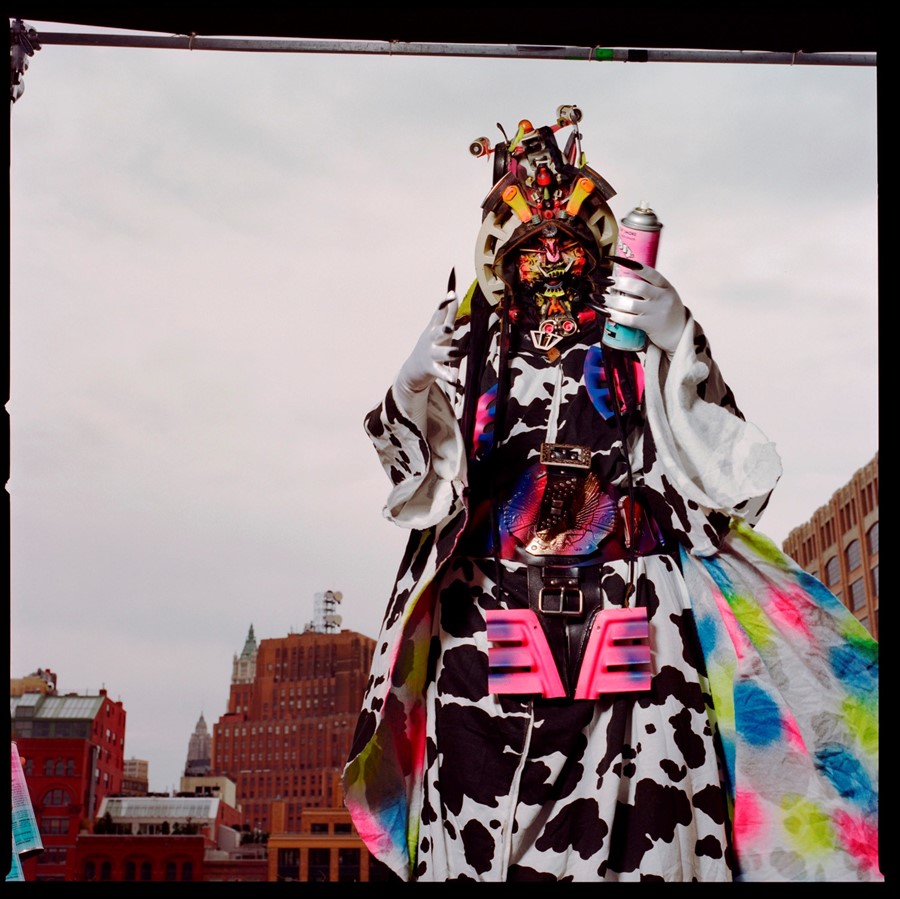Remembering Rammellzee Through Stories of Those Who Knew Him
- TextMiss Rosen
As a new survey of his work opens in New York, friends and colleagues share memories of the shamanic MC and artist
Hailing from the outer limits of New York City and maybe even the earth itself, Rammellzee (1960-2010) arrived on the downtown scene aged 19, fully realised, like Athena springing from the head of Zeus, clad in armour, ready to take on all comers.
A singular figure in the early years of graffiti and hip hop who stood apart in a world filled with charismatic talents and revolutionary pioneers, Rammellzee introduced his philosophies of Gothic Futurism and Ikonoklast Panzerism in his artwork and performances. He donned characters and costumes as extensions of himself, comfortably shrouding himself in mysticism, mythology, and legends.
Did he go to jail in the 70s for robbing a bank? The world may never know – but now a new exhibition titled RAMMΣLLZΣΣ: Racing for Thunder tells the story of the elusive artist through those who knew him best. Organised by Red Bull Arts New York Chief Curator Max Wolf and cultural critic Carlo McCormick, the artist’s largest survey to date presents an inclusive selection of work from the icon throughout his three-decade career along with oral histories told by those who knew him best. Here, friends and colleagues share memories of Rammellzee, the man behind the mask.
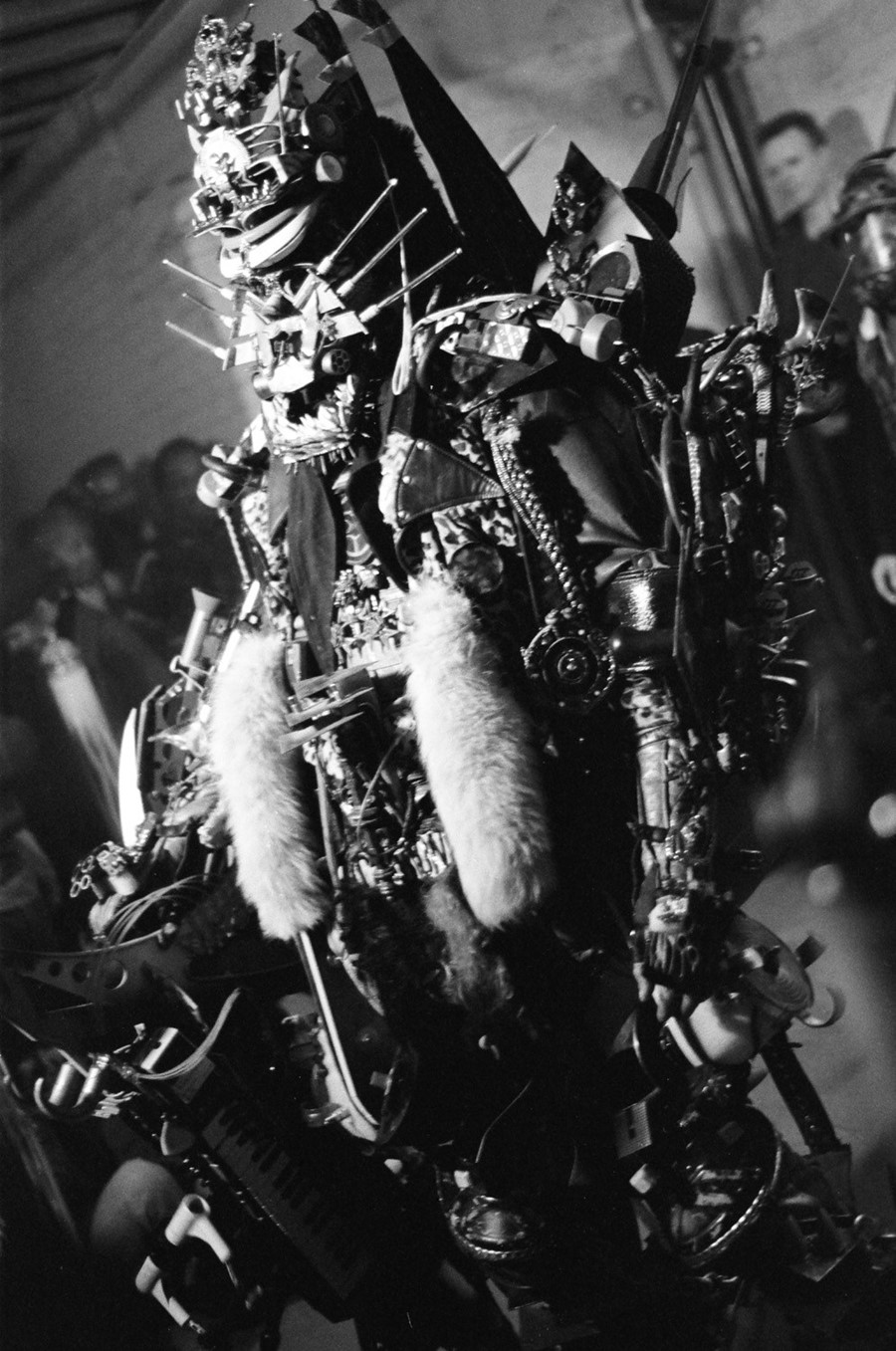
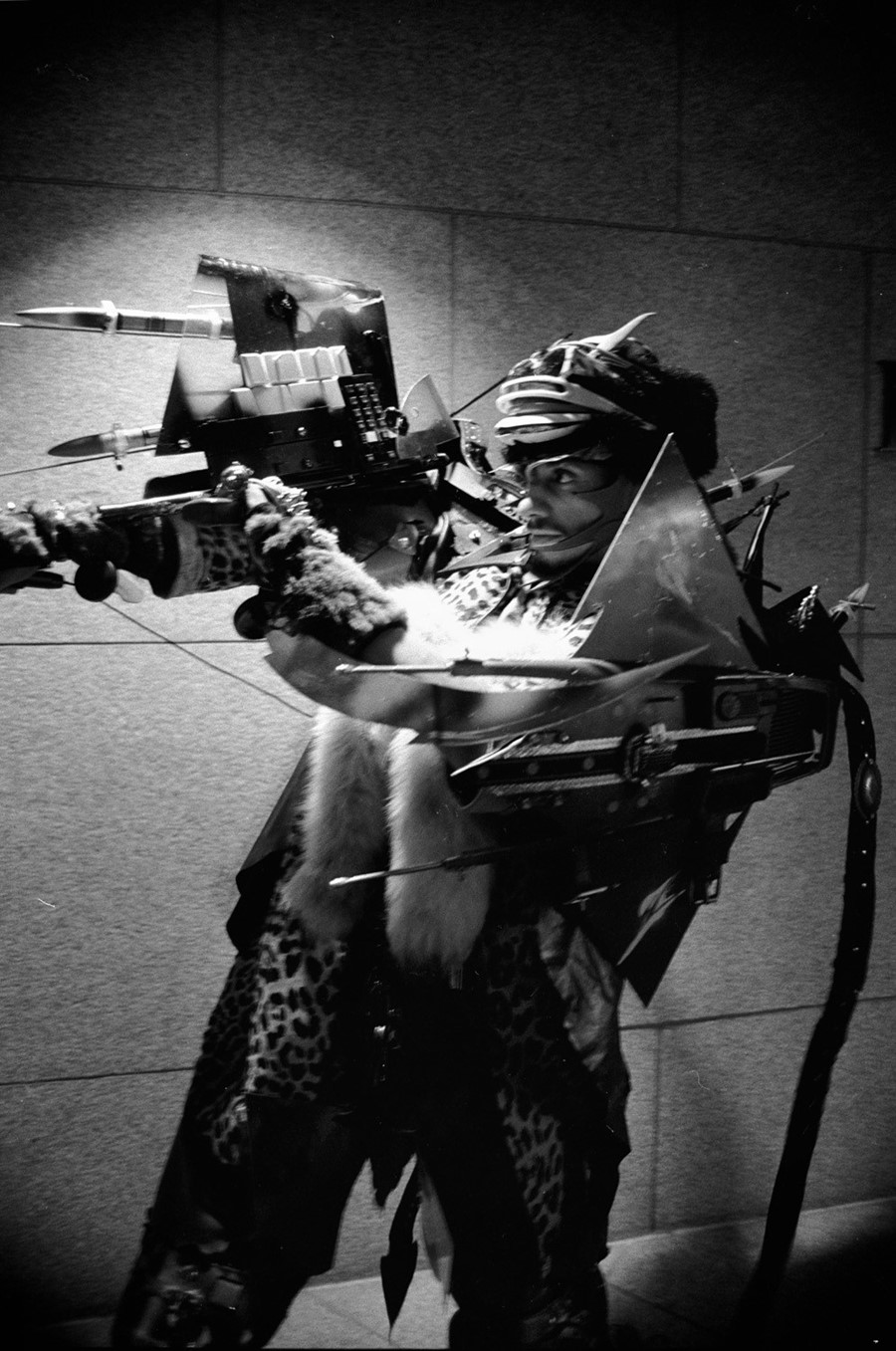
CARLO MCCORMICK
Carlo McCormick is an American culture critic, curator, and author whose expertise on the downtown New York scene is unsurpassed. His book, The Downtown Show: The New York Art Scene from 1974 to 1984 is a seminal masterpiece.
“For this show, I wanted everyone to own their history with Rammellzee. The main thing was to let the work speak as much for itself without getting caught up in all the mythologies. His persona is larger than life. Rammellzee put his work out in the art world; he abandoned the art world in some way; he had his collector base largely in Europe but he didn’t really work with too many galleries in the end. His installation ideas were wack. I told Max, ‘You know, every time Ramm did a show, he painted the walls black.’ Max said, ‘No. We’re not turning it into a black light cave.’ (laughs)
He stood out, from a really early age. Rammellzee was an autodidact, totally self-taught. He took the malleability and mutant qualities of language and the letterform and throws it into this really complex, Gothic notion of the alphabet as a military force that has to fight off the power structures of language. It’s almost Burroughs-like.
You can see that New York sensibility of making fine art out of the refuse of American disposability. It’s a tail end of America’s post-war prosperity and the city on the rocks: the abandonment and white flight. It was a very mutant time, a hybrid time, a post-modern time when everything is in the mix. You get with him a sense of all of the possibilities being explored with art.
And then, he’s a rag and bone man: he’s a trash collector. So much of his stuff is alchemical. He was doing this bricolage work with latex, grabbing stuff out of garbage cans, off the street, and from Canal Plastics on Canal Street. It was like there was a whole school of art with people going down to this old semi-industrial area of shops where you could get all these weird cheap gadgets from these Chinese stores. Obviously you weren’t going to use it as intended but you were going to make a whole other visual language out of them – and that’s what Rammellzee did.”
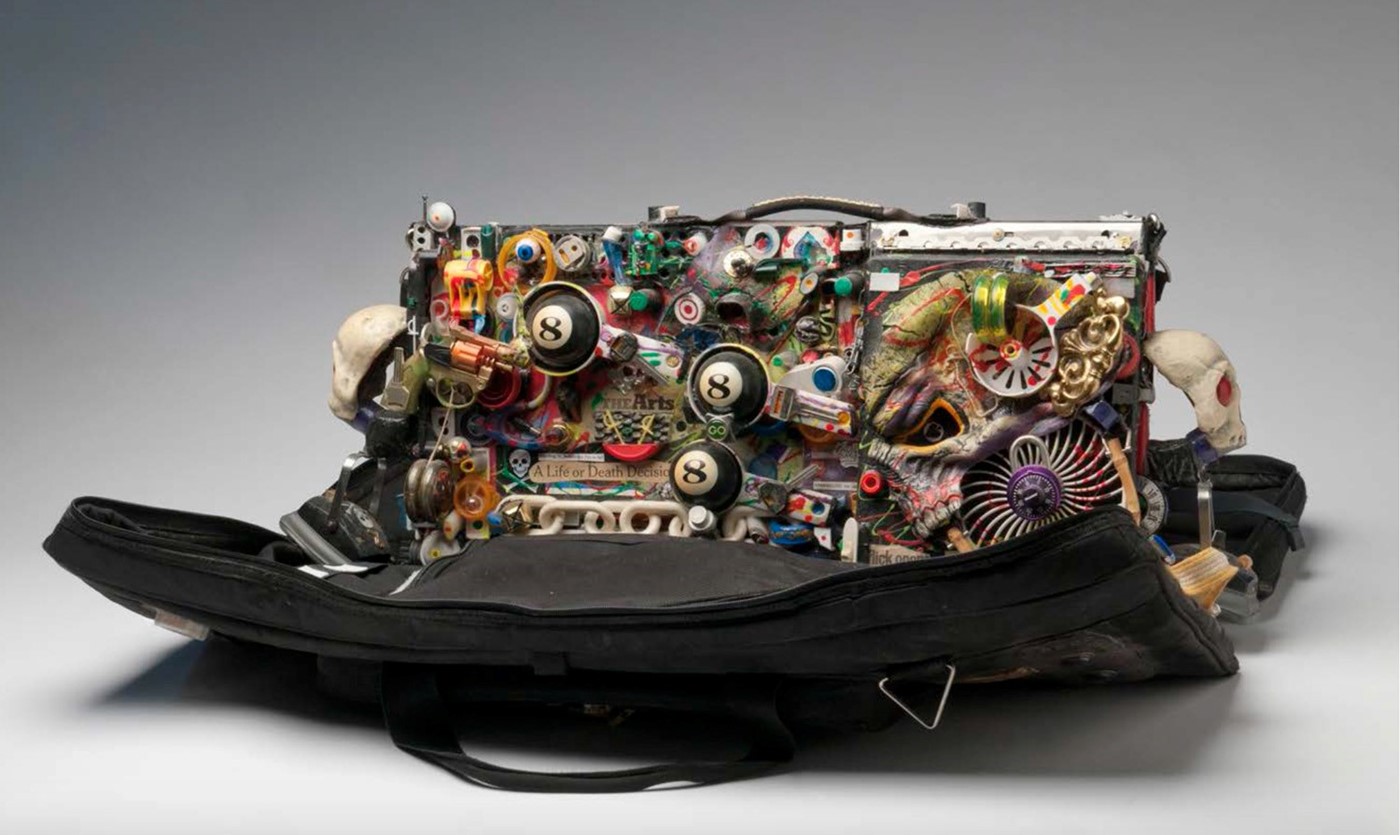
KOOL KOOR
Kool Koor (Charles Hargrove) is a New York-born artist from the South Bronx. While a student at Art and Design High School, he started writing graffiti as Kool Koor, and began exhibiting his work at Fashion MODA. He currently lives in Belgium and is represented by Galerie Martine Ehmer.
“I connected with Rammellzee via A One. He was in his universe from the beginning to the end. He stepped in and out of character but he still remained the same person. He may have been performing as the Duchess or as Krux, but when he took off the mask, he was everybody in one.
I met Rammellzee and it was amazing because he was so deep into his philosophy and theories, and even had them documented. That, for me, was outstanding. Back then, you had your ideas, you would draw them and paint them. I was not writing down what everything I was doing meant and that was Rammellzee’s approach. He was a scholar that was documenting Gothic Futurism.
When he decided to form TMK, Tag Master Killers, A One was the first artist that he wanted to include. When I was asked to join, I took the name B One. Because my artist name was already Koor, I did the K and that was my indoctrination into TMK. This was ‘79. By 1980-81, I was often called on by Rammelzzee to do performances where I would be drafting a letter while he was performing.
He took his passion for the truth in terms of symbolism and translated it into performance with his costumes. People today are talking about Afro Punk and Afro Futurism; when guys like Bootsy Collins and George Clinton met him, they were like, ‘He’s just another one of us.’”
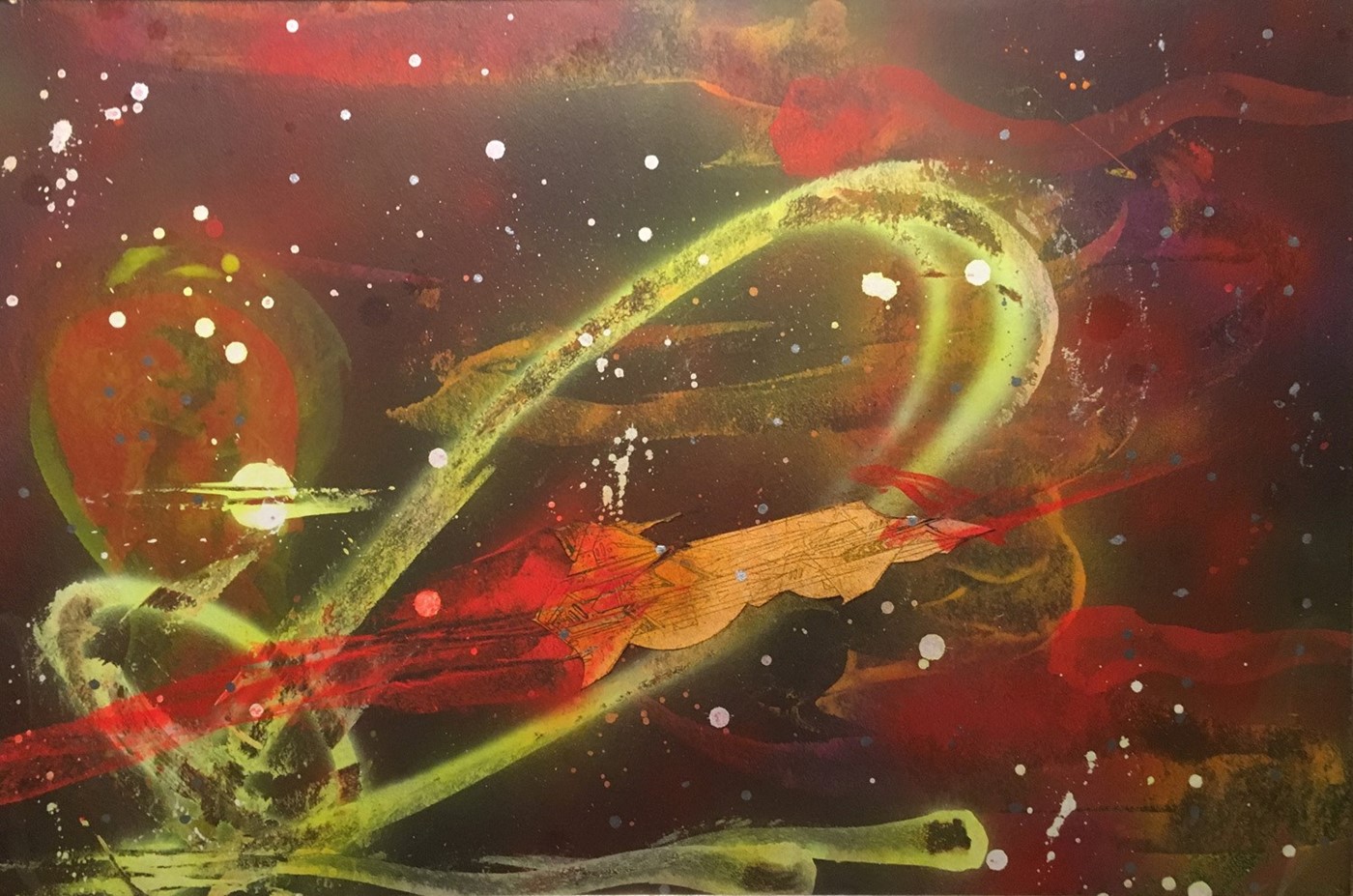
AL DIAZ
Al Diaz is a first-generation New York City graffiti writer, who went by BOMB 1 before teaming up with Jean-Michel Basquiat to create SAMO© from 1977 to 1979. He is also a musician who played percussion on Beat Bop, the seminal 1983 hip hop record featuring Rammellzee and K-Rob.
“Rammellzee was the Sun Ra of hip hop and graffiti. I originally met Rammell up at Jean-Michel’s on Crosby Street, with Toxic and A One. Jean was hanging out with a few graffiti artists at the clubs and developed a posse; some of them, including Rammell, were featured in the famous painting Hollywood Africans.
Rammell often challenged Jean. He wasn’t buying the whole Basquiat thing. I believe that’s how Beat Bop came about: Rammell was like, ‘So what are you going to do for us brothers?’ Rammell egged him on: ‘Why don’t you produce a record for us?’ To show that he was a man of a word, Jean did it.
Jean approached me to play percussion on Beat Bop. It was one very long session that lasted all night, seven or eight hours at the studio in midtown. There was a lot of drinking and a lot of cocaine so I really can’t remember much other than Jean was very serious. Rammell was always testing him, almost an, ‘Are you black enough?’ kind of vibe and Jean dealt with it very well. He was very present in the mix, in giving instruction as to what he wanted to hear in terms of the guitar and bass parts.
K-Rob and Rammell just did their thing; it was fairly quick, one-take sort of thing. There was a guy hanging out at the studio who played congas but he never got credited on the record. I played all the other percussion: wood blocks, cowbells, and timbales. Eventually they processed them so that they almost sound synthetic. He credited me as ‘Albert Diaz’ on the back cover of the album, which was odd. After that there were boxes and boxes of the record making a path from the couch to the elevator at Crosby Street. Jean lost interest in about two weeks.”
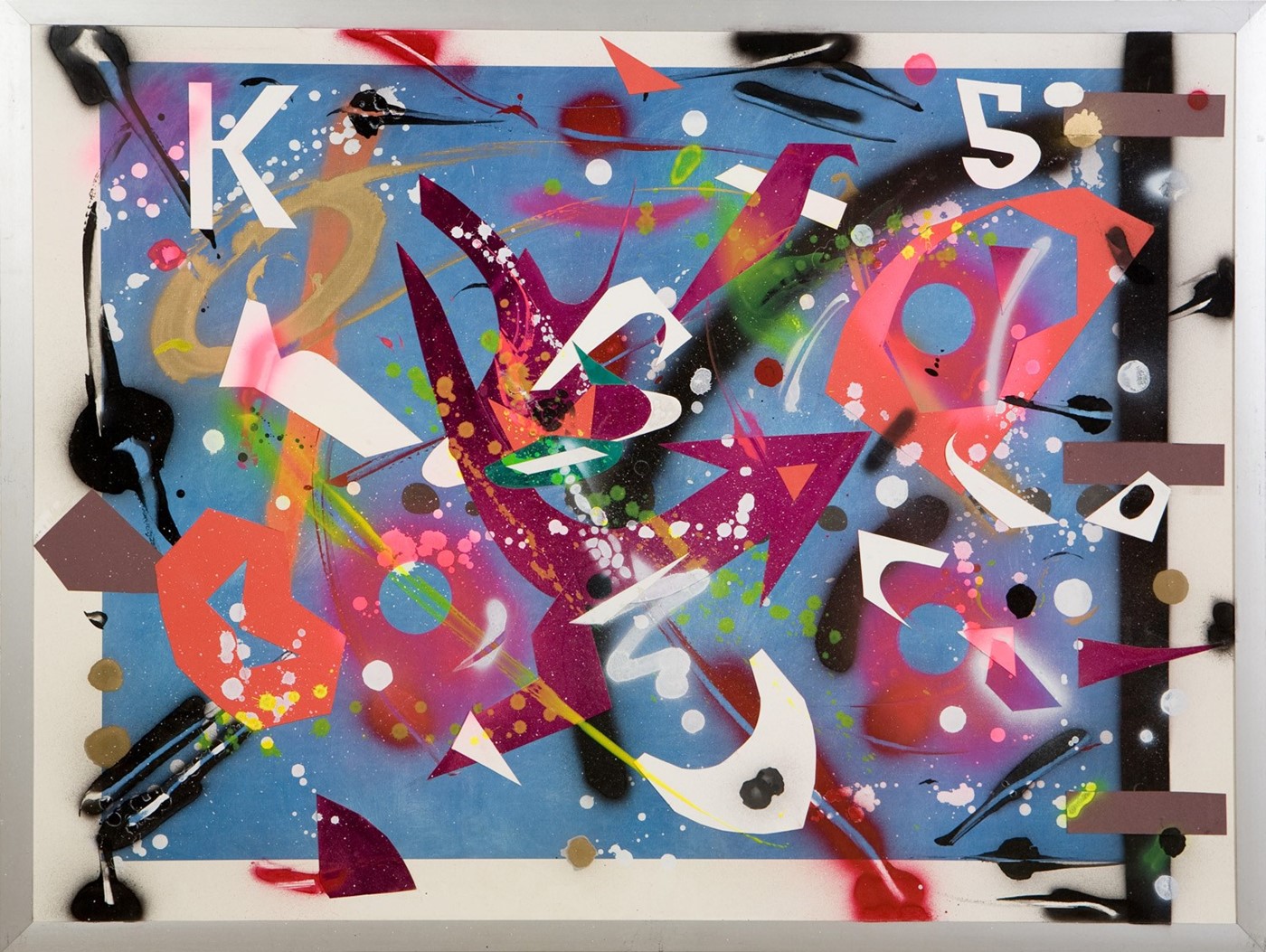
SETH TILLETT
Seth Tillett is a theatrical set designer and artist who works in New York City and Europe. In the early 80s, he was photographing the emerging hip hop scene.
“Jean-Michel introduced me to Rammellzee by at the Mudd Club in a weird way like, ‘There’s somebody. Go over there. You’re going to like him.’ Ramm was dancing and wearing the most unbelievable crimson wide wale pants I had ever seen. He was like a Roman candle. I went up to him and started talking and joking with him. We began a friendship that got more and more intense.
One of the things that linked us was that I was coming out of the art punk No Wave scene that was close to French critical theorists and we were all learning about and screwing with the sign, the symbol, the letter, and semiology. Finding Rammell with a universe, mythology, and theoretical grounding in the word and in the letter was like stumbling over a new continent. He didn’t need any validation; he had a perfect measure of the kind of bullshit and truth.
We had riotous sessions of conversation, laughter, and theoretical jousting. We hung out, smoked joints, drove around town, looked at stuff, and cracked each other up. He was beyond charismatic. He was extremely beautiful, very gentle, and had Bettie Davis eyes. Incredible kindness, complete lack of machismo. All of his violence was focused into poetry and armouring letters but he was never about the violence of life. He wasn’t even in the here and now.
He was like a self-creation. He would say, ‘I’m Italian. I’m Black. I’m a Five Percenter.’ Within the context of the Mudd Club, everybody was a self-invention. He arrived as a figure fully formed. He wasn’t building it in front of you – he was uncovering it. It was like an archaeology.
He liked to say people were heretics and only he understood, and that was a very isolating thing but it was so potent. It’s like Kabalah; you have to get into it and work on it and with it – but it’s very easy to push away if you don’t grasp it. That would make him sometimes feel betrayed, abandoned, or alone. And I would be like, ‘Of course you are the only disciple to your religion, motherfucker!’
And he would go, ‘But I am against religion!’ He was the most magnificent atheist. It was wonderful to see him take on the Pope. Who in any neighbourhood was taking on the Pope but Rammellzee?”
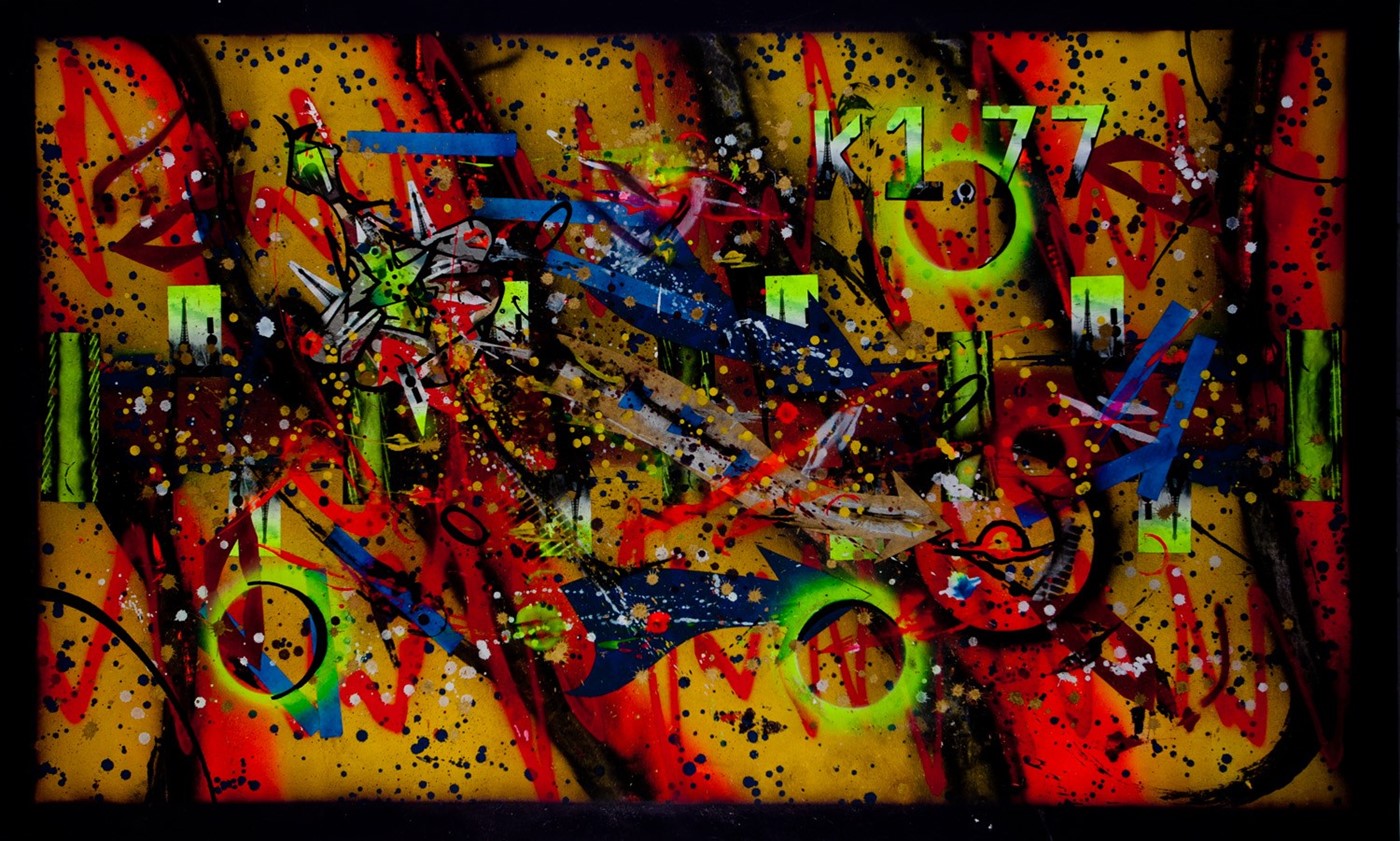
CHARLIE AHEARN
Charlie Ahearn is an American filmmaker, author, and radio host who produced and directed Wild Style, the first hip hop feature film which included a scene of Rammellzee performing out of costume.
“In the early 90s, I moved to Tribeca, very close to where Rammellzee lived. For years, I was ‘working’ with Rammellzee on an idea for a film, which was not completely determined and I felt dependent on his enthusiasm to proceed. Because of the kind of personality he was, I never called him to make a meeting. He always called me. He had this way about him to keep you at a distance.
The phone would ring and he’d say, ‘What’s up, boss? What are we doing today?’ as if we were going to meet. I would say, ‘Well, we should get started.’ I would go over and hang out with him at The Battlestation and he would show me all of his new stuff that he had been making.
I wanted to do something with him where he could be his character in costume and we could see his Letter Racers in motion. They were hanging from the ceiling by string. As he put it, ‘These are not theories, these are manifests as objects that really can fly.’ There was always the idea that these things were real, aerodynamically sound, capable of real warfare.
At one point, Rammellzee looked at me and said, ‘You know what this means, Ahearn.’ I looked back at him and he said, ‘The end of you and the whole human race.’ Then he paused and he said, ‘You smile.’ (laughs)”
RAMMΣLLZΣΣ: Racing for Thunder is on view at Red Bull Arts New York from May 4–August 26, 2018
